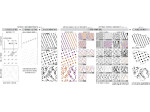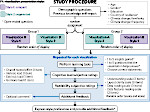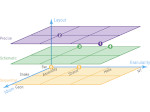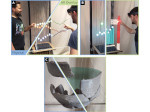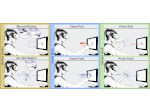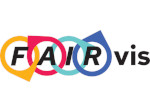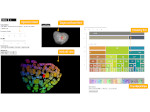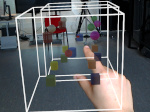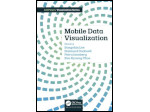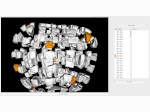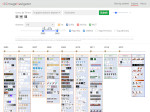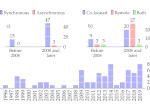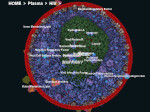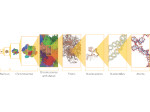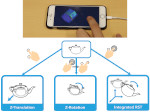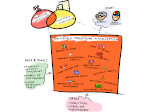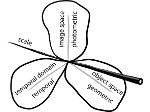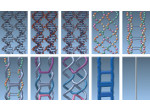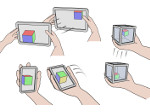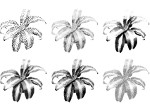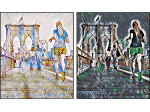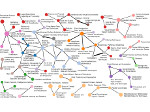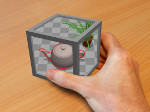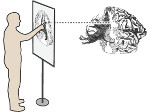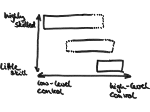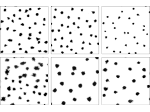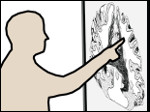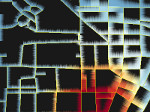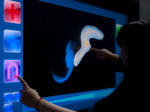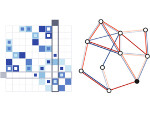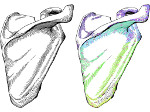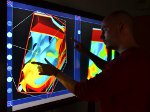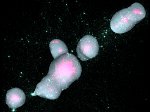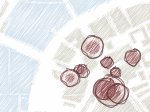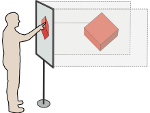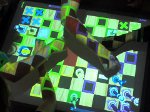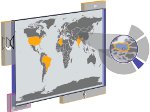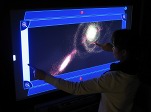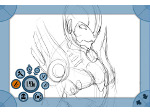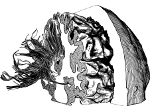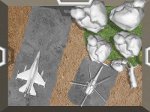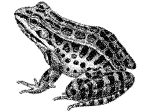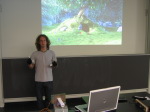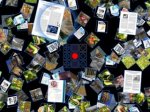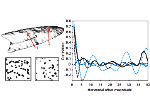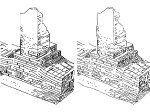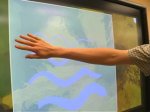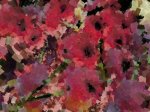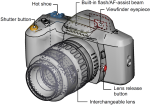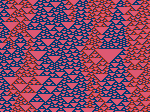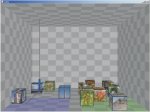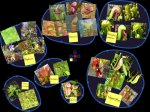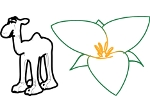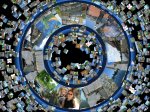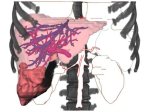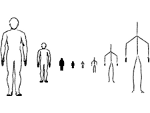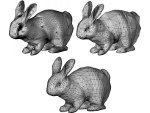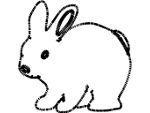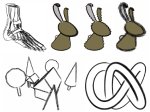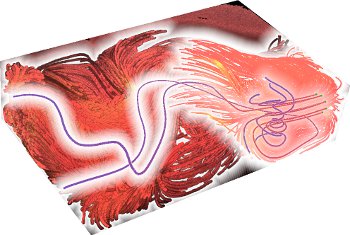Continuous Navigation of Nested Abstraction Levels
Description:
We investigate the dedicated control of multiple levels of semantic and sampling-based abstraction in 3D datasets, i.e., different types of data abstractions as opposed to sampling-based abstraction which shows more or less data. This dedicated navigation in the abstraction space facilitates the mental integration of different existing visualization techniques in many application areas including our example domain of fluid simulation. We realize the continuous abstraction control by interpolating between the levels while being able to simultaneously show multiple abstractions. We employ a halo-like shading technique based on distance fields to blend between several levels while continuously navigating between focus and context abstractions. We further add a semantic lens to find focus abstractions close to a user-defined context abstraction. Our entire implementation uses 2D image-based techniques to enable real-time performance, which seamlessly integrates within a 3D visualization tool.
Paper download:  (4.7 MB)
(4.7 MB)
Demo:
You can download a demo of the interactive nested abstraction visualization technique (for Win32, 100MB). To be able to run the demo an nVidia graphics card that is CUDA-enabled and has at least 512MB of dedicated video memory. For example, a GeForce 8800 or better should work.
Video:
Get the video:
Cross-Reference:
This approach is based on a related technique for continuous molecular abstraction, see the page about this illustrative rendering technique as well.
Main Reference:
Other References:
| Matthew van der Zwan, Alexandru Telea, and Tobias Isenberg (2012) Smooth Navigation Between Nested Spatial Representations. In Proceedings of the National ICT.OPEN/SIREN Workshop (October 22–23, Rotterdam, The Netherlands). Advanced School for Computing and Imaging (ASCI), Delft, the Netherlands, pages 140–144, 2012. Also see the short paper at EuroVis 2012. | | ||
| Matthew van der Zwan (2011) An Abstraction Space for Fluid Flow Visualization. Master's thesis, University of Groningen, The Netherlands, August 2011. | | ||
This work was done at the Scientific Visualization and Computer Graphics Lab of the University of Groningen, the Netherlands.
